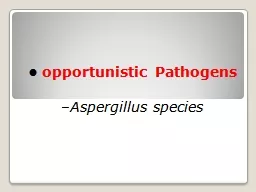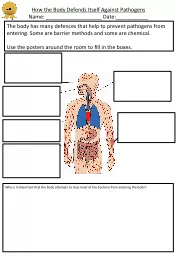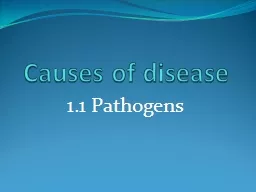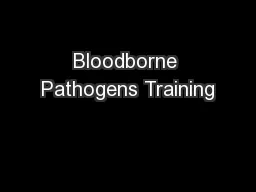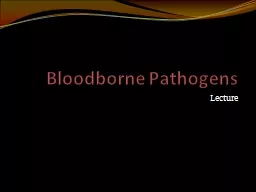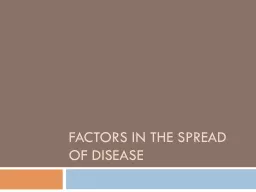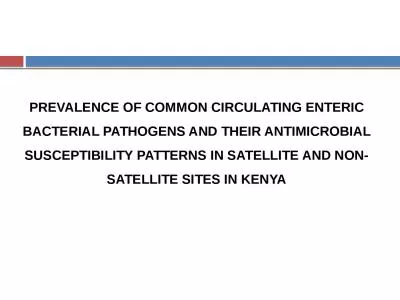PPT-• opportunistic Pathogens
Author : bagony | Published Date : 2020-06-23
Aspergillus species Aspergillosis is an infection caused by Aspergillus a common mold that lives indoors and outdoors Most people breathe in Aspergillus spores
Presentation Embed Code
Download Presentation
Download Presentation The PPT/PDF document "• opportunistic Pathogens" is the property of its rightful owner. Permission is granted to download and print the materials on this website for personal, non-commercial use only, and to display it on your personal computer provided you do not modify the materials and that you retain all copyright notices contained in the materials. By downloading content from our website, you accept the terms of this agreement.
• opportunistic Pathogens: Transcript
Download Rules Of Document
"• opportunistic Pathogens"The content belongs to its owner. You may download and print it for personal use, without modification, and keep all copyright notices. By downloading, you agree to these terms.
Related Documents

